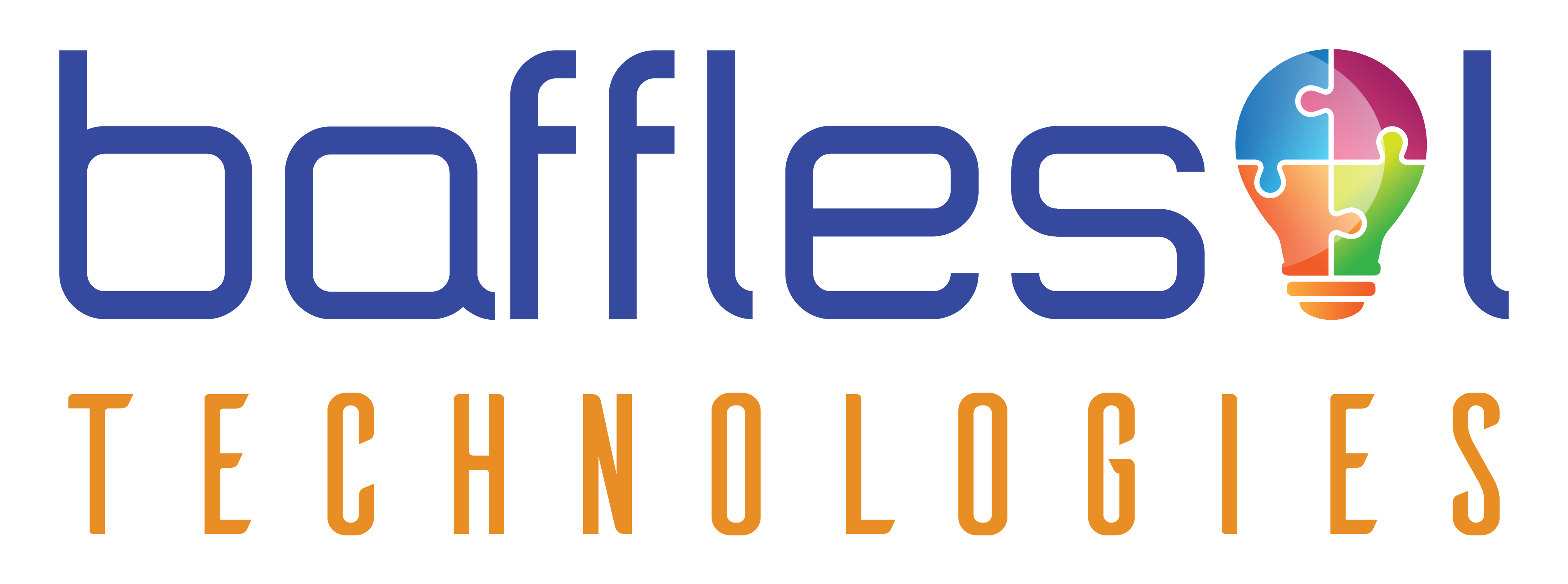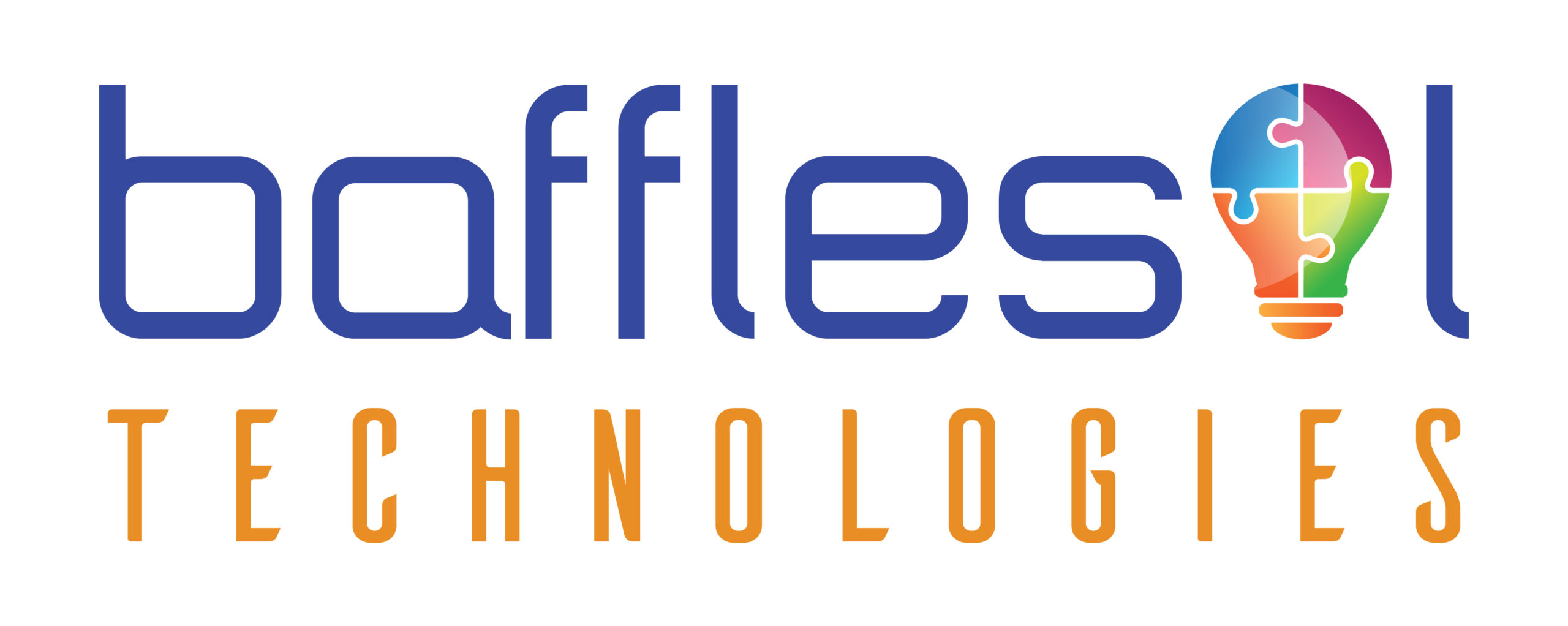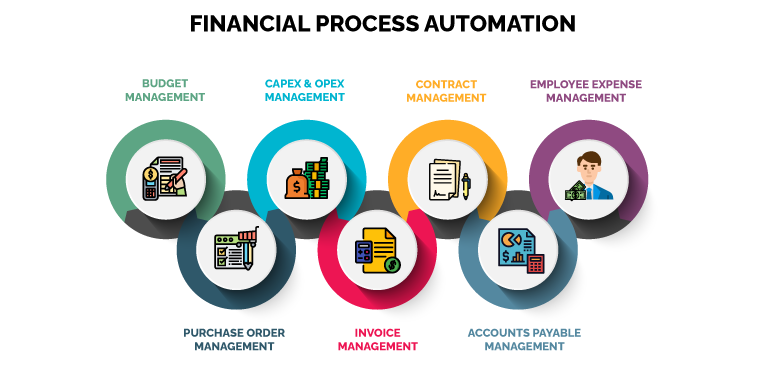The common belief is that the CFOs role is limited to handling treasury, audit, tax, and investor relations, controlling, budgeting, planning, and analysis. This hypothesis is similar to the Iceberg Illusion. However, we have seen a drastic shift in the CFO role recently. A McKinsey Global Survey confirms that demands include, but are not limited to, automating critical business activities and managing the digital transformation journey.
The range of technology solutions available means core finance tasks – such as accounting, budget planning and risk management – can now be automated. This reduces the risk, delays and inaccuracies. But automation does not mean removing humans from the process – it empowers them. It enables the finance team to focus on the activities that matter, driving productivity to meet your business objectives. Per PWC’s survey, 68% of CFOs will invest in digital transformation (like cloud and analytics) over the next 12 months. Automation of finance systems decreases the chances of fraud and human error and increases consistency and innovation.
Below are processes that can leverage digital transformation at a CFO’s office:
- Customer credit risk analysis: Lenient credit terms attract customers, but organizations must also ensure optimized customer cash flows. They need real-time credit data to monitor credit scores and a single view of their portfolio across geographies to scan exposure. CFOs can quickly bring this visibility by using automated Power BI dashboards on their credit risk software solution and implementing comprehensive workflows to manage global portfolios.
- Financial operations: Managing the monthly general ledger process and generating timely, accurate financial reports is a crucial responsibility of the finance department. Automation using finance enterprise resource planning (ERP) systems can manage repetitive, error-prone activities that require human intervention, such as manual reconciliations, journal entries, and external reporting. This can improve operational efficiency, timeliness, and accuracy.
- Financial planning and analysis (FP&A) – Budgeting, forecasting, and management reporting are critical functions enabling an organization to make better business decisions. The teams spend a lot of time sourcing, aggregating, and formatting data instead of financial analysis and strategic planning. Automating this manual data-related activity enables finance professionals to shift their focus to more value-added work.
- Fraud Detection: Manual processes are prone to duplicate or nonessential claims. Automating the claim submission process standardizes and prevents the submission of duplicate claims, bot attacks, fake account creation, account takeover, and fraudulent account access.
- Procure-to-pay: Validating and paying vendor invoices for goods received is crucial to ensure the validity and accuracy of billed amounts. The accounts payable department typically dedicates significant resources to managing vendor accounts, entering information from invoices, matching billed amounts to purchase orders and authorizing payments. Automate accounts payable tasks such as updating vendor records, extracting invoice information, and validating amounts to improve efficiency and accuracy.
Once finance processes are automated, ensure every system is communicating and sharing information. Having slick processes that don’t have seamless integration will be of no use. A centralized, automated finance processing streamlines and optimizes communication within the finance department and also with other departments.
Digital transformation is a journey. As organizations change, technology adapts, enabling them to achieve their business objectives. By CFOs choosing to automate the finance department, they are unlocking employees’ full potential and bringing all information to a centralized location, improving team collaboration and productivity, and enhancing customer experience. To support your Digital Transformation journey, leverage many great resources on YouTube, blogs, Microsoft Learn, and of course me :).



